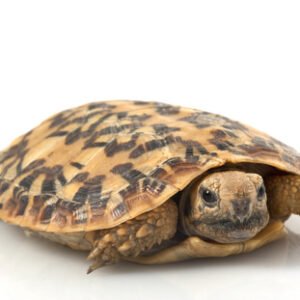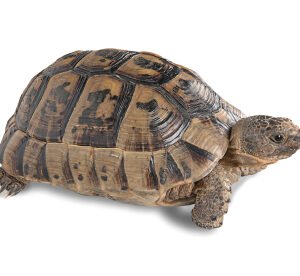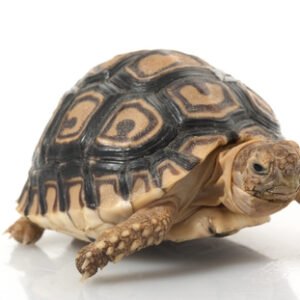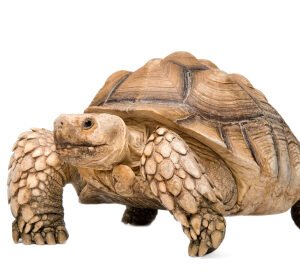Understanding the Red-Footed Tortoise
The red-footed tortoise for sale (Chelonoidis carbonarius) is a distinctive and popular species among reptile enthusiasts, beloved for its vibrant appearance and docile nature. These tortoises are native to the tropical regions of South America, primarily found in countries such as Brazil, Guyana, Suriname, and French Guiana. Their natural habitat includes forests, savannas, and scrublands, where they thrive in warm, humid environments. This tortoise’s striking shell features bright orange to red markings across a dark brown or black background, making it particularly eye-catching.
In terms of diet, red-footed tortoises are herbivorous and primarily consume a variety of fruits, vegetables, and leafy greens. They have a penchant for soft, juicy foods like papaya, hibiscus flowers, and dark leafy greens such as kale or collard greens. It is essential to ensure a balanced diet rich in calcium and fiber to promote overall health and longevity. Their natural foraging behavior suggests that potential owners should aim to replicate this in captivity by providing a variety of food sources, simulating their natural diet as closely as possible.
Behaviorally, red-footed tortoises are known for their social disposition. They exhibit a level of curiosity and can often be observed interacting with both their environment and fellow tortoises. When kept in pairs or small groups, they tend to establish a hierarchy, which can provide social stimulation. These tortoises are generally gentle creatures, and with proper acclimatization, they can develop a bond with their owners.
Regarding lifespan and growth stages, red-footed tortoises have a potent life span that can exceed 50 years, making them a long-term commitment for pet owners. They reach maturity between the ages of 5 and 10, depending on factors such as diet and habitat conditions. Potential owners must understand these aspects to provide adequate care and make informed decisions when welcoming this unique species into their lives.
Setting Up the Perfect Habitat for Your Red-Footed Tortoise
Creating an ideal habitat is crucial for the well-being of your red-footed tortoise. The first step is selecting an appropriately sized enclosure. For a single adult tortoise, a minimum of 40 square feet is recommended, allowing ample space for movement and exploration. A securely closed outdoor pen is ideal, as it mimics a natural environment, providing essential sunlight and fresh air. If outdoor housing isn’t feasible, a large indoor terrarium will suffice, but make sure it is spacious enough for the tortoise to move freely.
The substrate you choose is another vital aspect. A mix of coconut coir, organic soil, and peat moss offers a natural feel while aiding in humidity retention. Maintain humidity levels between 60-80 percent, as the red-footed tortoise thrives in a humid environment. Utilize a hygrometer to monitor humidity, ensuring that your pet remains hydrated. Temperature control is another critical factor; the basking area should range between 90-95°F, while the cooler side can be maintained at about 75-80°F. A reliable heat source such as a heat lamp can help achieve this.
Providing proper lighting is essential for your red-footed tortoise’s health. UVB lighting, which mimics natural sunlight, should be installed in the enclosure to promote calcium absorption and prevent metabolic bone disease. In addition to lighting and temperature, creating a comfortable environment requires ample hiding spots. Use logs, rocks, or commercially available hiding boxes to create secure areas. Fresh water should be accessible at all times, and it’s important to facilitate hydration opportunities by providing a shallow dish. Regular maintenance, including cleaning the substrate and ensuring water quality, will help keep your tortoise’s habitat safe and engaging.
red footed tortoise for sale





